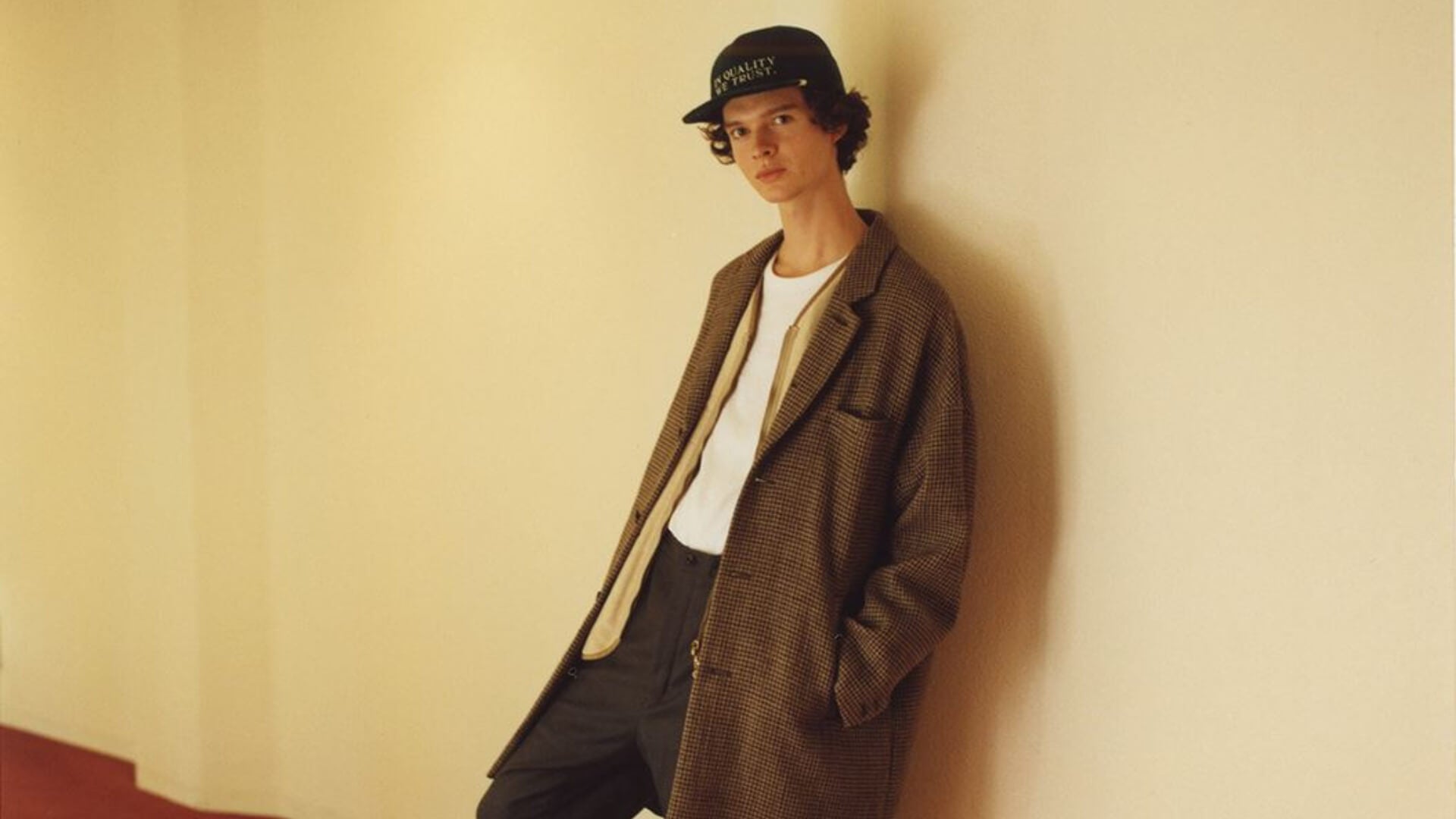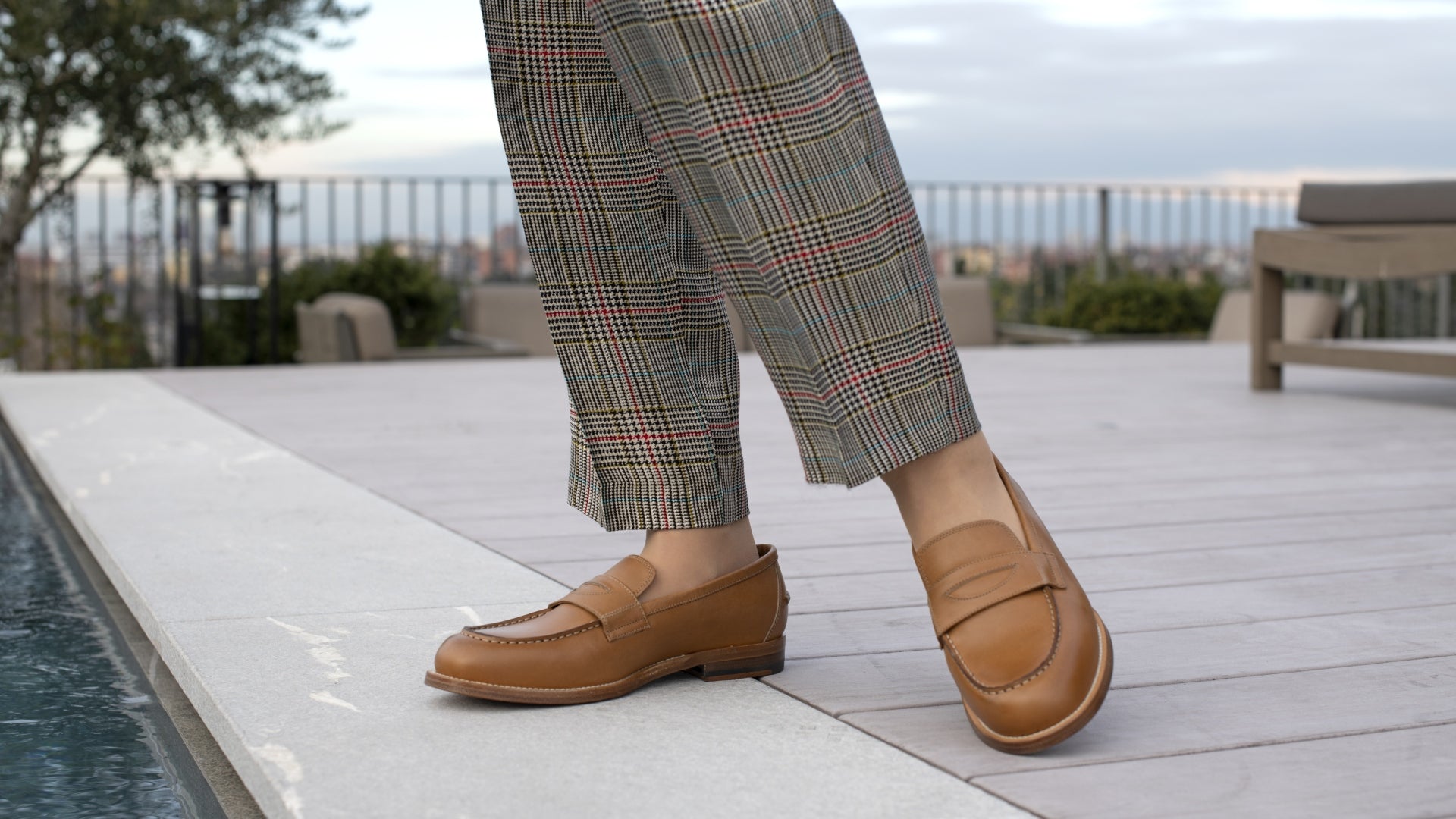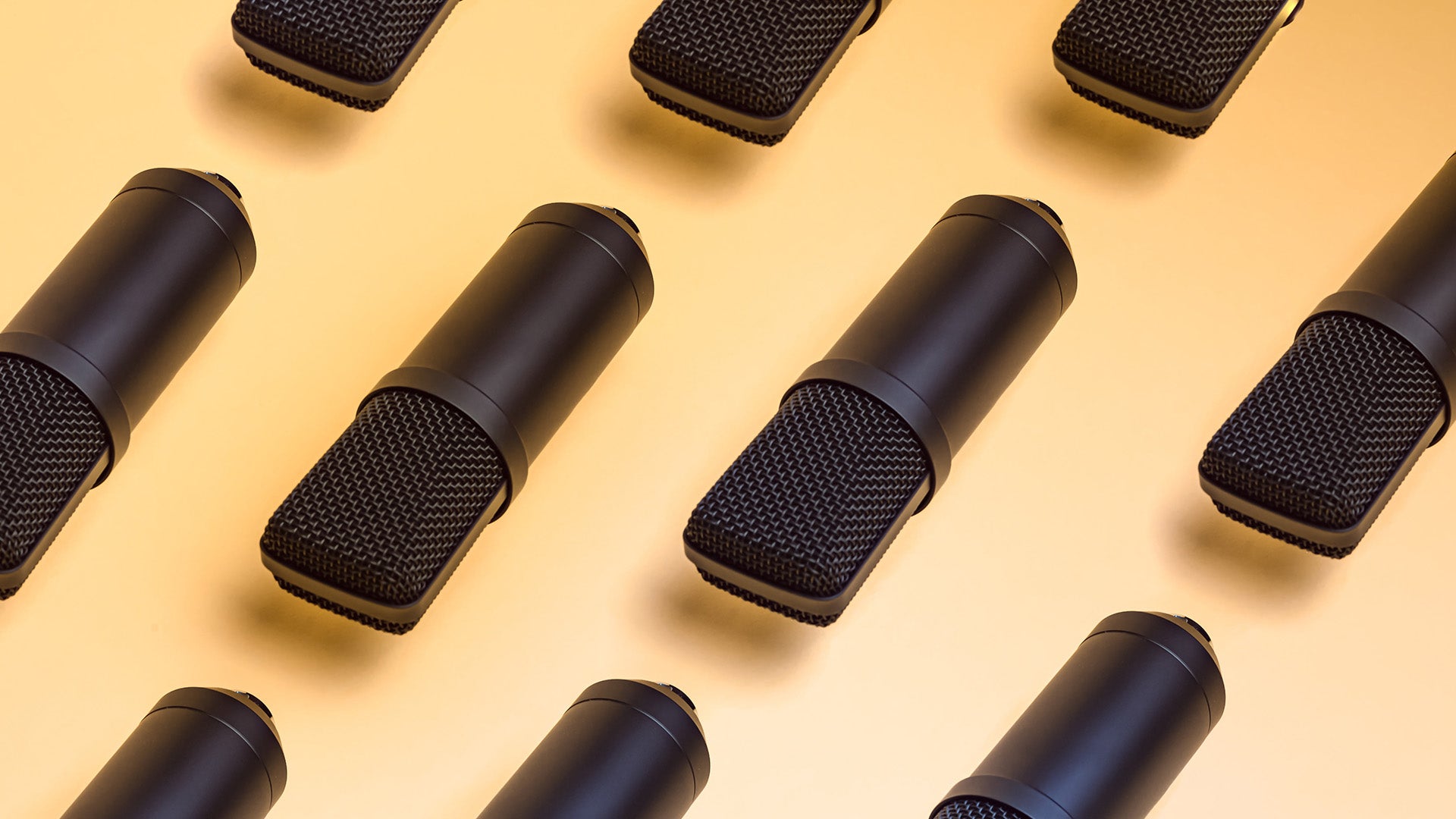
10 Japanese Fashion Brands You Should Know
If you think of a Japanese fashion brand, even if you are not a fashion expert, you will surely know some.
In general people outside Japan have always admired Japanese fashion brands and the reason for this adimiration is mainly because Japanese designers are known for their vision and creativity in clothing.
Japanese designers and fashion brands are often at the forefront when it comes to latest trends in the fashion world.
Japanese fashion also has a great influence on the Western world and Italy in particular.
As Laura Dimitrio writes in her book "Non Solo Kimono - Come il Giappone ha rivoluzionato la moda italiana", contemporary Japanese fashion - both that proposed by avant-garde fashion designers and that proposed by youth subcultures - has been and continues to be a source of inspiration for Italian fashion houses.
In particular, the cuts and decorative motifs of the kimono, the typical Japanese garment, have become a source of inspiration for designers, who propose dresses with shapes and decorations unknown to the to Western fashion tradition.
But the kimono is not the only aspect of Japanese fashion that revolutionises Italian style.
Since the 1970s, some of the avant-garde Japanese fashion designers that we will mention below have subverted the traditional aesthetic canon with their asymmetrical dresses and have become a reference point for the most non-conformist fashion designers in Italy as well.
But what are these innovative fashion designers that you should know?
In this article you will find a selection of the most popular Japanese fashion brands (and their designers), both in high fashion and streetwear.
- Issey Miyake
- Comme des Garçons
- Watanabe
- Sacai
- Yamamoto
- A Bathing Ape
- Noir Kei Ninomiya
- Visvim
- Ambush
- Undercover
Issey Miyake
The famous Japanese fashion brand Issey Miyake, was founded in 1970 by Issey Miyake himself, who is now one of the most popular Japanese designers in the Western world.
His ideas and creative vision have resulted in origami-inspired dresses, and the volumes, cuts and fabrics used by Miyake are indeed unique.
The structured dresses in Miyake's collections seem to have sprung from the mind of an architect, rather than a designer, and are enchanting with their numerous pleats and folds.

Comme des Garçons
Comme des garçons is a Japanese fashion house founded in 1969 by designer Rei Kawakubo.
It is headquartered in Aoyama (Tokyo) and has about 200 stores worldwide.
Comme des Garçons became a successful women's fashion brand in the 1970s, and added men's fashion to its range in 1978.
In 1981, collections debuted in Paris and attracted a lot of media attention. They were characterized by their monochrome, asymmetrical, and minimalist style.
The style of the Japanese designer, called "Hiroshima Chic" by critics, is the result of a concepcion of fashion closer to art than as a product for the consumer market.
Watanabe
Watanabe is a Japanese fashion brand founded in 1994 by Junya Watanabe, a protégé of Rei Kawakubo, who began his journey in the industry in the mid-1980s with an apprenticeship as a pattern draughtsman at Comme des Garçons.
Watanabe is known for designing innovative and distinctive clothing. He has always been particularly interested in technologically advanced fits and fabrics, which is why he is also known as "techno couture" designer.
Sacai
Sacai is a luxury fashion brand founded by Chitose Abe in Tokyo in 1999. Vogue magazine described Sacai as influential in breaking down the dichotomy between casual and formal wear.
Both the clothe themselves and the philosophy of this brand contain a distinctive message of female strength.
As a Japanese women's brand, it has established itself as a pioneer in the growing movement of designers who combine streetwear with a more elegant touch and a distinct feminine sensibility.

Yamamoto
Japanese designer Yohji Yamamoto founded his eponymous label in 1981.
Yamamoto's style, not only favors colors such as black, gray and white, but has been dubbed "post-atomic fashion" by the press for the irregular cuts and wide slits that characterize his clothing.
From 1983, Yamamoto's fashion (along with that of Rei Kawakubo) began to influence Western catwalks.
By the mid-1980s, he was already being called a "master tailor" by his peers.

A Bathing Ape
A Bathing Ape, also known as BAPE, is a pioneering streetwear brand, one of the first brands on the scene to create a true lifestyle.
It was founded in 1993 by Nigo, real name Tamaoki Nagao, who grew up with a passion for the pop world and subcultures.
The brand specializes in streetwear for men, women and children, and operates 19 stores in Japan.
BAPE is characterized by its bold graphics and fashionable bright colors that have made it one of the most popular international brands, followed even by some of the biggest names in hip-hop.

Noir Kei Ninomiya
Noir Kei Ninomiya is a Japanese brand founded by fashion designer Kei Ninomiya.
Kei Ninomiya went later worked under Rei Kawakubo as a designer and pattern maker.
In 2012, under the umbrella of Comme des Garçons, the designer launched his womenswear based exclusively on the colour black.
His aesthetic goal is to convey an idea of clothing that goes beyond commercial trends.
The technical innovation of materials combines with the search for new forms of craftsmanship to create garments reminiscent of haute couture but wearable for any occasion.
Visvim
Visvim is a Japanese menswear brand founded in 2001 by Hiroki Nakamura in Ura-Harajuku.
Visvim has a strong focus on craftsmanship and carefully selected materials. Influenced travels around the world, especially classic Americana and Native American style, each of the impeccably crafted pieces has a character all its own.
This brand stands out for combining the solidity of American workwear with the traditions of Japanese craftsmanship and a unique sense of exploration.

Ambush
Ambush is a fashion brand founded by Yoon and Verbal in 2008.
It was originally born as an experimental jewelry line that drew inspiration from sources ranging from America in 1950s to the rebellious youth subcultures of postwar Europe, with innovative design heavly inspired by pop art.
Ambush debuted in Paris in 2015 and was so successful that the duo decided to launch ready-to-wear clothing as well the following year, opening their first flagship store in Shibuya.
Ambush's unique style is instantly recognizable: a perfect blend of subcultures from different parts of the world, contaminated with the allure of pure and minimalist oriental design.

Undercover
Undercover is a fashion brand founded by Jun Takahashi in 1990, which over time has become a Japanese cult fashion brand.
Undercover mixes Japanese street style with the sense of rebellion typical of punk-rock culture.
Each look is a search for new ways to dress. The strengths of Takahashi's style lie in his ability to interpret street fashion and the inspiration he takes.
In the list above, we have included just a few of the Japanese fashion brands we think you should definitely know about!
We focused on the high-end and streetwear brands, but there are so many remarkable and world-renowned Japanese brands that stand out for their innovation.



